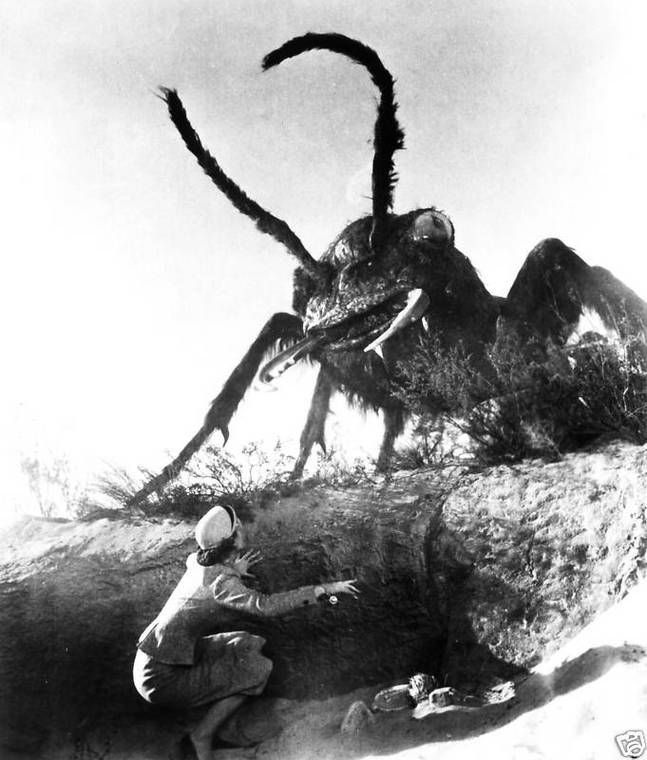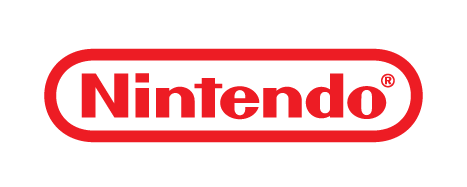I recently designed a día de los muertos-themed piece inspired by Hamlet:
I liked this so much that I wondered what it would look like as a book cover. From there, it didn't take much for me to go ahead and design the entire book. Coming at this project as an artist with an English degree who practices human-centered design, I felt like my book design might be able to do the following things, which I feel are sometimes forgotten or even never considered:
- Create a unified visual aesthetic throughout the entire book.
- It is often the case that the cover design/art is done by someone other than the book designer. Here I have the chance to build a book in its entirety.
- As my design began with the cover art, I have a particular chance to make the book layout and design extra striking.
- Design the book layout in a way that is true to the traditions of book design, but which also emphasizes design for usability.
- As Hamlet is a play from the early 17th century, this book needs to function for actors and directors, users with specific needs which I will go into.
The Cover: selecting typefaces and designing a spine
The cover of the book is the visual beginning of the book design, both in terms of what readers see and in terms of my design process. I took visual cues from my original cover art to think about my aesthetic.
As I wrote in my post about the art itself, the skull is a día de los muertos-style representation of Yorick’s skull. I felt that Yorick’s skull, as the skull of a jester Hamlet loved as a child, embodied several key themes of the book: insanity and madness, severed relationships, and death. I draw out madness through the día de los muertos sugar skull and its exaggerated carnival designs. My sugar skull is of course a variation on traditional día de los muertos designs in that the character of the lines is derived from 16th century blackletter lettering and gothicism. The violence of Hamlet comes out in the color choice of the art: red and white (blood and bone).
 |
| Note the historical, and now obsolete, center justification of the back cover text. |
Choosing typefaces
Though my art is a postmodern pastiche of these two styles, I wanted to ground the rest of the book design in that 16th century historical moment. This meant choosing typefaces true to this Shakespearian time. There are several digital versions of classic 16th century and incunabula typefaces, and I ended up selecting Adobe Jenson Pro, cut by Robert Slimbach. One of the main reasons I chose it is that the periods are diamond shaped, much like the diamonds that decorate Yorick’s sugar skull.
 |
| Adobe Jenson Pro |
 |
| The diamond ellipses |
Adobe Jenson is based on a Venetian typeface by Nicolas Jenson, which initially turned me off. I had been looking for a good typeface by a Danish or at least Northern European designer - as if the book were from the historical moment of Hamlet itself. Hamlet, however, is based on 12th century legend and at that point a carolingian typeface would have been more appropriate, but ultimately unreadable at length. So, I decided to go with something Shakespeare would have recognized, and I’m happy with the choice. Adobe Jenson is beautiful and idiosyncratic.
This being decided, I felt like using a blackletter in combination with Adobe Jenson would further the sense of the historical moment of Hamlet and set the design apart, since no one really uses blackletter anymore. I landed on a free font designed by Dieter Steffmann called Moderne Fraktur. It’s a highly readable blackletter and despite its high x-height it goes well with Adobe Jenson. The cross bars on the "e" characters are both diagonal and they share a kind of roundness in their letterforms.
 |
| Moderne Fraktur and several faces of Adobe Jenson working together. |
A striking spine
Before I continue to the text itself, I want to bring up the spine design. It is customary for book spines to have the author, the publisher, and the book title. Because Hamlet is such a well-known title, I didn’t feel that the author was necessary at all. Visually, it detracted from the spine design’s stark contrast between red and white, blood and bone. The result is a simple and severe book spine which stands out on a bookshelf.
 |
| The simplicity afforded by skipping the author's name lets this book stand out in the crowd. |
 |
| My book among some successful book spines. |
Inside the Book: aesthetics and design for usability
 |
| Traditional typography with some important changes. Read about them below. |
Aesthetically, the book largely honors traditional renaissance book design, with a few crucial differences.
To begin with, the page size is a golden section proportion. The golden section is the self-repeating 1 : 1.62 ratio which defines the scales of the human body among many other aspects of nature. This pleasant ratio has been used for 1,000s of years in every type of human design, and was common during the renaissance.
 |
| Margin design as described by Jan Tschichold |
 |
| Proportions of the margins |
The margins are a modified golden-section relationship, as defined by Jan Tschichold in The Form of the Book, where the bottom margin is twice the inner margin, not thrice. In this configuration, the margins lock the text block into place. This is particularly important considering that this is a play, and the right margin is very loose and ragged.
In terms of typography, the body text is simple but readable. Character names appear in small caps and lines of dialogue are indented 1 em to make it clear when the speaker changes, something which would otherwise be confusing at times.
Extra care was taken with the bracket characters around stage action. Though stage action is italicized, the brackets remain roman. I do not feel that italicized brackets are appropriate or historically true, so I didn’t use them. Besides, the extra thin spaces and roman brackets give an extra sense of care and refinement to the typography.
 |
| Note the roman brackets and the use of Moderne Fraktur inside the book as an aesthetic echo of the cover. |
You will notice that the line numbers are away from the spine rather than both on a particular side of the text. I did this for a few reasons. The first is that aesthetically, I need to acknowledge the page spread as a unit. The page itself is important but we also see experience pages together in spreads. Secondly, line numbers are reference information, and reference information such as page numbers, the act and scene number, etc. need to be toward the outer margin or they aren’t useful as you flip through a book. This serves the additional end of typographic unity: all reference material is located together, in the outside margin.
designing for usability
The elephant in the room at this point is the fact that I imagine this book design as printing in two colors: black and red. While this is ultimately a more expensive option, it is visually striking and incredibly useful in ways that set the book apart, both from other books, and from e-ink devices.
 |
| Red and black inks separate reference material from the text proper. |
Visually, the red ink binds the text to its cover design, but how is the red ink useful? I realized when designing this book that in reading a play there are two basic ways of looking at a book. The first is obvious: reading. This book is traditional in terms of its design towards readability. The second is also important: searching. Plays are texts through which performers and directors are bound to leap. Actors may read several hundred lines and go back to practice at a specific moment, or they may begin midway through the book and then go back to practice earlier parts. Actors may only want to read through scenes they are a part of. Searching for the right line is a unique part of reading a play and it must be made easy to do. It is also separate from reading, and thus is must be separated typographically.
Thus, red ink denotes and separates reference material. Differentiating the colors makes it easier to focus on either the text itself or the reference numbers and materials. I should also note that modern synonyms to the occasionally antiquated words of Hamlet also appear in red. So, as an actor, this two-toned system will help you find the right material, and then focus on it when you do.
I call this book concept “the globe theatre performer’s edition” because I focused my design on the needs of actors reading texts. The scale and binding of the book have been selected with these needs in mind. Blocking and physically acting is an important part of reading a play even before actors go off-book. For this reason, this edition has to facilitate one-handed reading.
The book is 4.75” wide for this reason. According to the human-factors book The Measure of Man and Woman, most men and women can accommodate a 4.75” object between their thumb and the final joints of their fingers, so the book is very holdable.
 |
| Every aspect of the design must be considered: holding the book with one hand makes performing with it comfortable. |
 |
| A book designed to be held. |
The book is also loosely bound, so that the pages will lay flat even if you’ve just purchased it.
 |
| The book opens flat because it is not bound very tightly. |
 |
| Behold the reason that margins exist: a place for the thumbs. |
Conclusion
Maybe the best part of this project was constructing the prototype book. As a matter of full disclosure, I only printed out the first act. The rest of the paper in my bound copy is scrap paper. It would have been pointless pain in the ass to stitch all those signatures together. There’s nothing quite like seeing your work in front of you, physically realized.
Having the physical prototype in my hand was also incredibly useful. Holding the book gave me more insight than I could have ever had staring at an InDesign file. The book feels great in the hand. If I could change anything, I would probably make the book’s width even thinner and use some quality paper.
Working with book design has been interesting because there are so many rules to follow, so many conventions. At times it doesn’t really seem like you can call your work your own, since you’re working from so many elements that other people made, masterfully I might add. But this is also a rewarding context. The elements of typography are hundreds of years old and these people whose work you are using are, again, masters. So even if I made only a few innovations in designing this book, those are innovations set against the backdrop of masters of this craft. I feel honored and humbled to have done so.
 |
| A book can spring to life when it is printed. |
 |
| gorgeous letters are the key to successful typography |












































.jpg)



